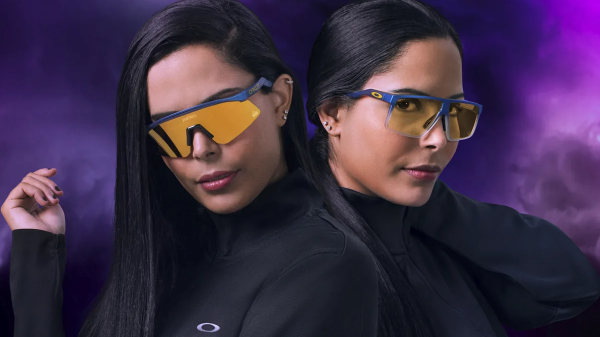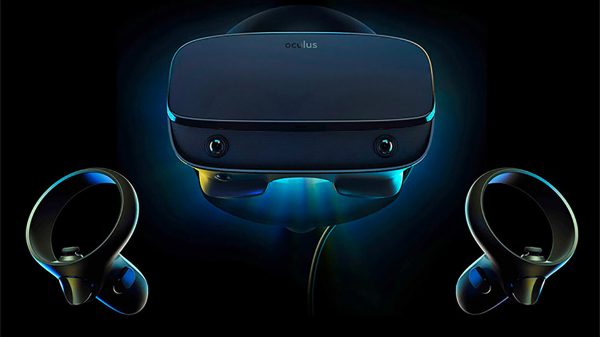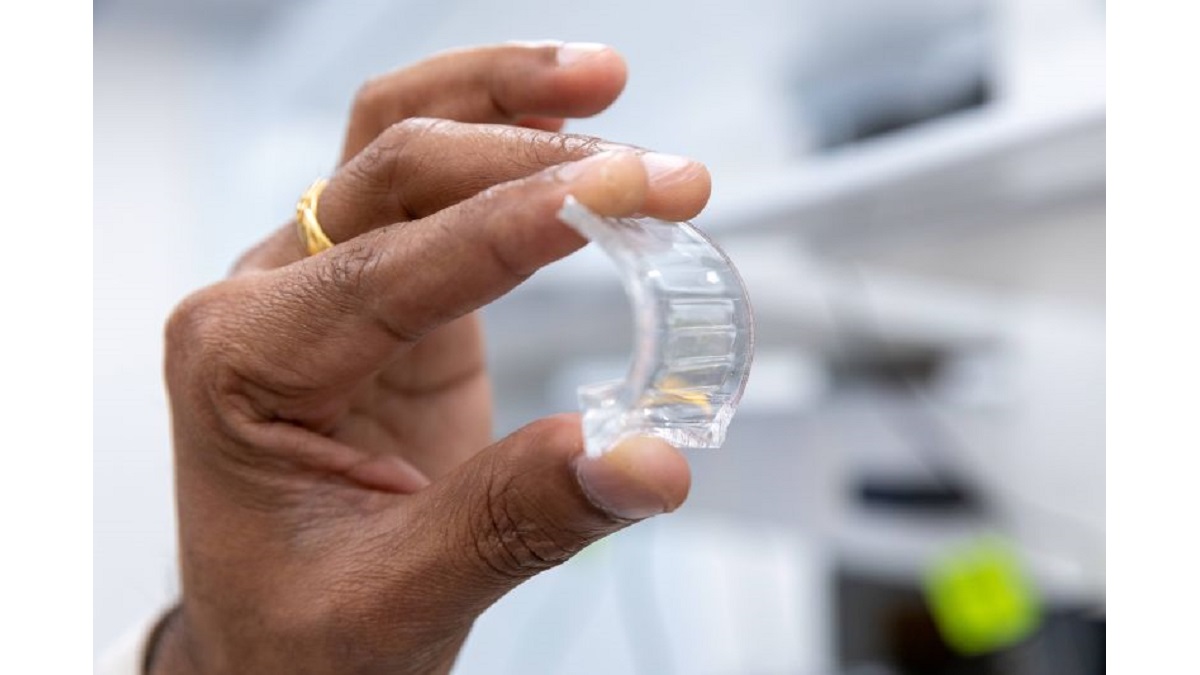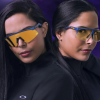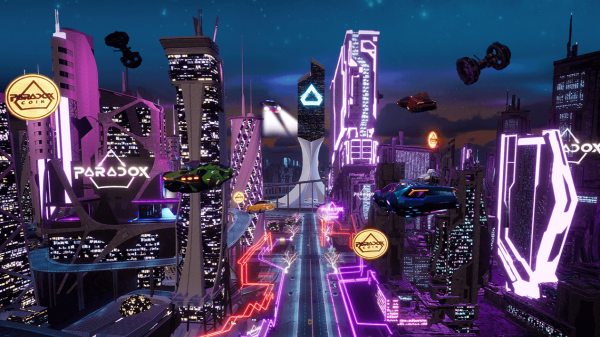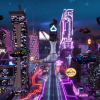Researchers at the University of Melbourne, in collaboration with KDH Design Corporation and the Melbourne Centre for Nanofabrication (MCN), have successfully developed a flexible and transparent AR display screen.
This impressive achievement, accomplished through 3D printing techniques and cost-effective materials, holds the potential to revolutionise the global utilisation of AR in various industries and applications.
Before this new development, the production of flexible AR technology capable of adapting to various angles of light sources posed a significant challenge. This is primarily due to the reliance on glass substrates in mainstream AR manufacturing, which necessitates labour-intensive procedures such as photomasking, lamination, cutting, or etching of microstructure patterns.
Led by Associate Professor Ranjith Unnithan, Professor Christina Lim and Professor Thas Nirmalathas, this team of researchers has successfully developed a transparent AR display screen utilising cost-effective, optical-quality polymer and plastic materials.

AR utilisation in various industries
Associate Professor Unnithan said, “In the gaming industry, flexible and transparent AR displays could be integrated into gaming accessories such as goggles or visors, providing a more immersive and realistic gaming experience.”
“In education, AR displays could be incorporated into educational tools and simulations, allowing for interactive and engaging learning experiences. In healthcare, AR displays could be used in medical training, assisting surgeons with real-time information during operations, but there are many other potential applications, from transport to tourism,” added Unnithan.
The team utilised 3D printing to create innovative AR displays. KDH Design Corporation will incorporate this technology into head-worn devices like AR glasses, sports goggles, and helmets, enhancing their visors and automotive displays.
KDH Design Corporation CEO Jeremy Lu commented, “The ultimate AR technology we had in mind, based on our research, had to be very thin, very power efficient and very light, so we can adapt the AR ‘film’ for near-eye applications, such as AR glasses and goggles. We also wanted to be able to use the AR technology for transparent displays, for example, in car windscreens.”
It’s worth noting that the KDH Design Corporation owns the intellectual property and patents for this research and alongside the University of Melbourne, looks forward to future collaboration. Both parties have also submitted patents for the technology in the United States as preparation is underway for large-scale manufacturing.
Isa Muhammad is a writer and video game journalist covering many aspects of entertainment media including the film industry. He's steadily writing his way to the sharp end of journalism and enjoys staying informed. If he's not reading, playing video games or catching up on his favourite TV series, then he's probably writing about them.


